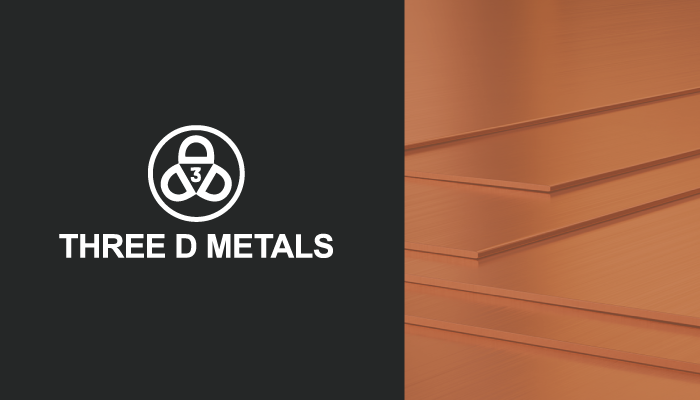Manufacturers purchasing copper sheeting for heat exchangers, electrical stamping and fabricated parts have faced new challenges in recent years due to growing demand for copper, price volatility, regulatory compliance issues, and more. However, the right copper supplier can help manufacturers be prepared and overcome these challenges to keep production on schedule.
In this article, we look at the top challenges faced with buying copper sheeting and how to overcome those challenges.
5 Challenges With Buying Copper Sheeting
1. Price Volatility
Like many metals, copper pricing will fluctuate due to various factors, such as changes in supply and demand, global economic conditions, natural disasters, and geopolitical events. This can make it difficult for companies without market knowledge to predict costs and manage budgets.
2. Availability and Lead Times
The availability and lead times of purchasing copper metal have varied greatly due to production capabilities at mining operations, logistical issues, and growing demand.
The growth in the renewable energy and electric vehicles industries has exacerbated the demand for copper, resulting in longer lead times, delays, and increased costs.
Additionally, the global nature of the copper supply chain can introduce further lead time complexities due to navigating international trade regulations, customs, and overseas logistics, which can add considerable time and cost.
3. Quality and Consistency
Variations in the purity and composition of copper sheeting can impact the material’s thermal conductivity, corrosion resistance, and mechanical properties. Therefore, ensuring that the copper being sourced meets the required quality standards is crucial for its performance, especially in the production of heat exchangers.
Copper sheeting should meet specific industry standards, such as those set by ASTM International or similar organizations, to guarantee its suitability based on its application.
4. Environmental and Social Concerns
Mining and refining copper can have significant environmental and social impacts, including pollution, habitat destruction, and human rights violations. Therefore, it is important to understand the process of copper extraction, processing, and distribution to identify potential ethical issues.
5. Regulatory Compliance
Different countries and regions have specific regulations and standards for materials used in certain components, such as heat exchangers. Along with purchasing quality copper, manufacturers must ensure the copper they are buying complies with any requirements to avoid potential penalties.

The Value of a Trusted Copper Supplier
Building and maintaining a relationship with a trusted metal supplier for purchasing copper sheeting can help mitigate the challenges associated with procuring copper.
Look for an established metal supplier with extensive experience and knowledge in the metals industry and the global copper market. Your supplier should be able to provide valuable insights and guidance on pricing and supply, even during periods of market volatility.
Additionally, a reliable supplier will have robust quality control measures and certifications to ensure the copper sheeting they deliver meets the stringent standards required for its applications.
Partnering With Three D Metals for Copper Sheeting
Three D Metals is a leading copper supplier of all copper products. We offer copper metal products in various thicknesses and sizes and have an extensive inventory and depth of stock.
We are known for our problem-solving skills, developing alternative solutions when unexpected outside factors come into play. We are committed to high-quality metals, with ISO 9001 Standard as the foundation of our quality management system. Most importantly, we value our partnerships and treat our customers like family.


